 Amphibian and
Predator List
Amphibian and
Predator List
Robert C. Drewes, PhD
Curator & Chairman
Department of Herpetology
California Academy of Sciences
- this list contains images, sounds and descriptions of the frogs and some of the predators and other
inhabitants of the Arabuko-Sokoke forest. The author has been working in the forest since 1986.
- all photos by author unless otherwise indicated
 Research
in Arabuko-Sokoke Forest
Research
in Arabuko-Sokoke Forest
Eleventh Meeting of the African Amphibian Working
Group, 19-21 April, Watamu, Kenya
1.25 MB PDF. Requires Acrobat
Reader.
The Arabuko-Sokoke is Kenya's last remaining coastal forest. It is but 400 km2 in area and located approximately 60 miles north of the port of Mombasa.
The Arabuko-Sokoke is about 25% primary forest and is characterized by the tree genera Afzelia, Brachylaena, Brachystegia, Cynometra and Manilkara, among others.
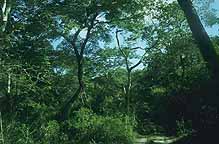
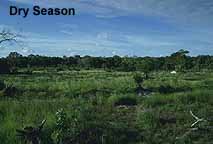
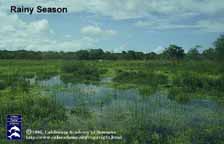
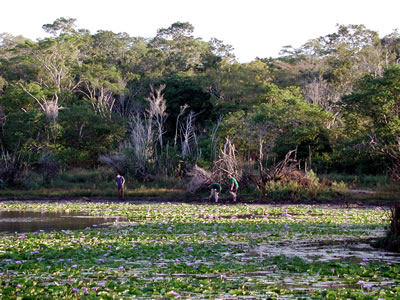
Semi-permanent pond, southern part of forest, Kararacha Gate.
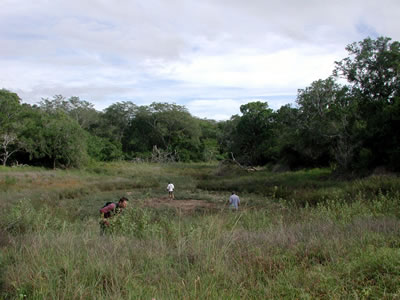
Dry season, whistling duck pond, central forest, Mida Gate.
For more information on Arabuko-Sokoke frogs see 1997.SWARA 20(2).